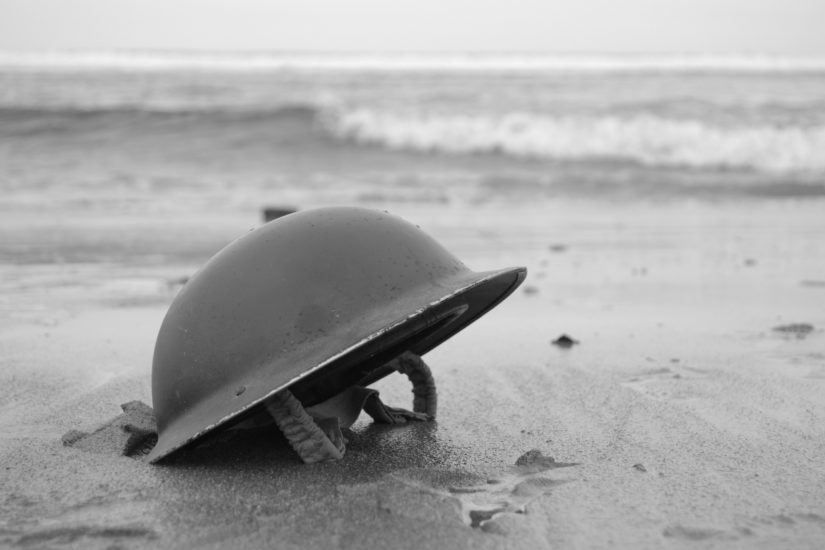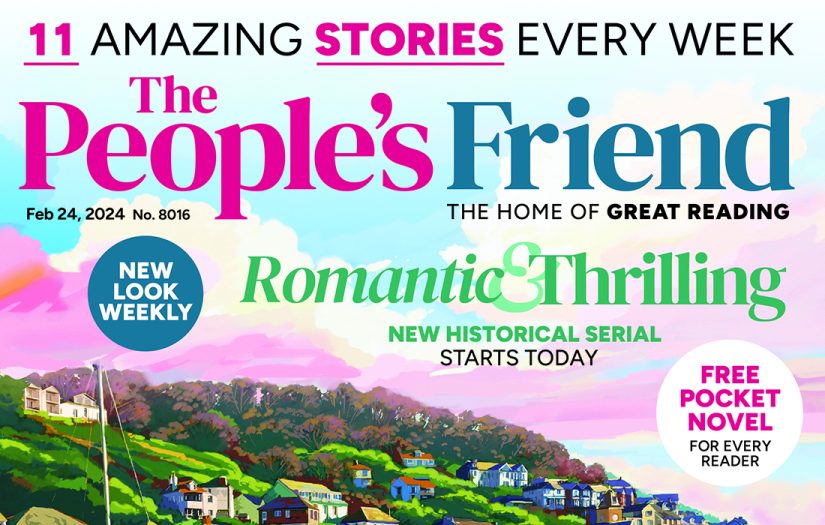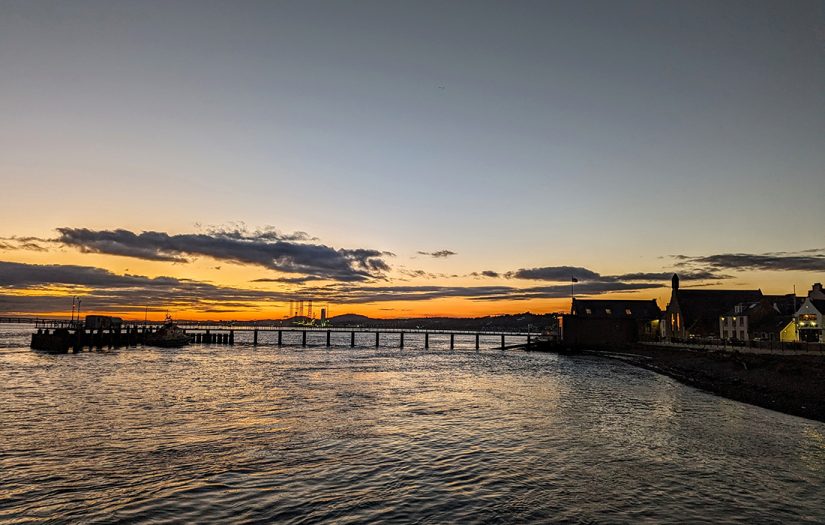We Need A Plan Bee This Summer
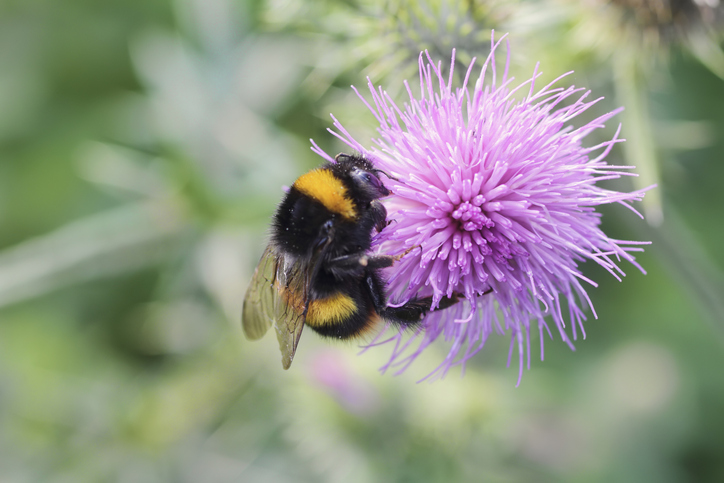
Bees and other pollinators are seemingly everywhere during the warmer months. In fact, it’s hard to imagine that this particular species is under threat.
But the bumblebee population has been in decline over the past 50 years. Two of the UK’s 25 species have become extinct within the last decade.
One reason for this decline is loss of natural habitats. As meadows and walkways are commandeered for building or crops, the flowering plants on which the bees depend have become fewer in number.
This lack of flowers is a particular concern when it comes to bumblebees, as nectar is their only food source.
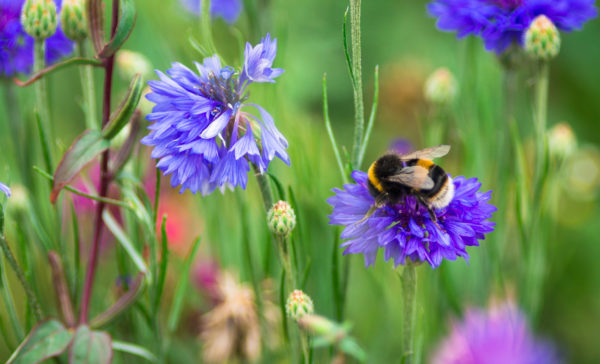
Pollinating purple wildflowers.
More rural areas of the UK may have a healthier bee population, but we need to ensure that bees are encouraged to seek out new habitats and explore further afield.
So, other than release bees into appropriate areas throughout the UK in the hope that they nest, what can be done?
Helping Bees Get About
One solution comes in the form of “B-Lines”, the creation of insect pathways across the country.
This network of linked habitats rich in wildflowers is being cultivated to help the UK bee population spread and thrive.
The project involves local gardeners, councils and schools in developing bee-friendly areas. It also aims to map “bee roads” throughout Britain, which will eventually be repopulated with bees.
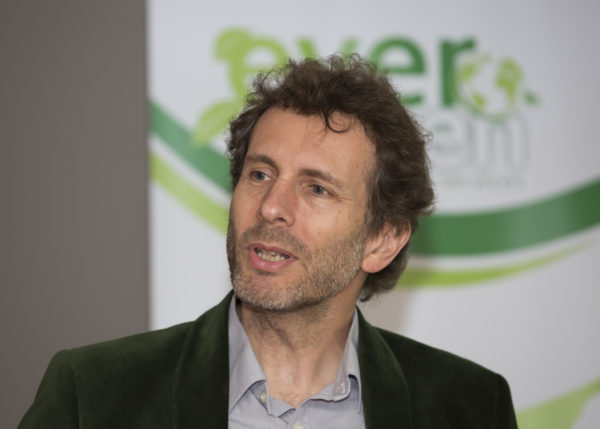
Paul Heathrington
Paul Hetherington, from Buglife, is part of the Bee Roads project, which aims to cultivate B-Lines coast to coast across the north of England.
“Pollinators need a good supply of nectar and pollen throughout their life cycle. This means there needs to be a succession of flowering to provide food from March all the way through to October, or even November,” Paul says.
It’s not just about developing bee-friendly sites, though; in fact, it is the links between these sites that are at the heart of this project.
“We have some great sites, but they’re very isolated. There’s no way that the pollinators can get from point A to point B. The distance between them is too great.
“With B-Lines, we aim to create a network of connections and roadways to enable the bees and other pollinators to move between points A and B.
“The difference between a roadway and a B-Line is that a road needs to cover one hundred per cent of the route or a car will stop. With B-Lines, to make it work properly you only need to fill ten per cent with ‘stepping stones’.”
This means habitats can be linked with smaller “stop-off points” along the way, to enable pollinators to refuel on their journey from meadow to meadow.
Getting Involved
As well as persuading councils and local organisations to get involved, the charity aims to encourage gardeners and allotment owners to create these “service stations”.
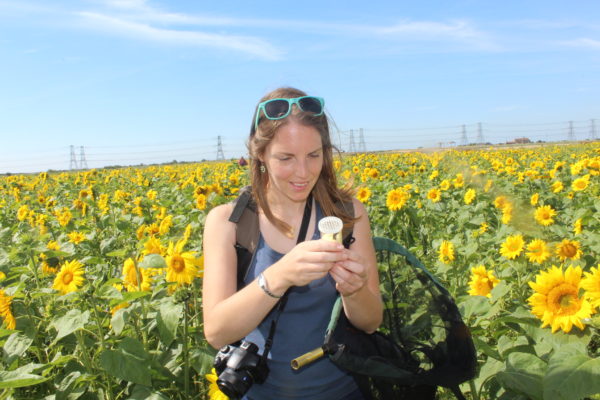
Rosie Earwaker
Rosie Earwaker works for the Kent Wildlife Trust. She is involved with the management of B-Lines throughout a county famous for its green areas.
“Bees and pollinators are massively important for pollination for the soft-fruit industry in Kent,” she explains. “This makes them very important to the local economy. They also have a big intrinsic value as well.
“It’s not just economic; it gives people joy to see the lovely buzzy bumblebee out in the garden.
“Kent is very urbanised in some areas, and whilst there are lots of pockets of suitable habitat, they aren’t necessarily very well connected to each other,” she explains. “It’s really important to create linkage between these areas.”
Making Progress
Since the B-Line project started in 2014, it has made great progress. Wales and Northern Ireland are now completely mapped, and two thirds of England covered.
“By the end of 2019, the whole of the UK should have been mapped,” Paul Hetherington says. “Then we’ll be able to get on with delivery.”
Funding has also been promised by local councils and wildlife trusts, and potential changes to subsidies may also help to secure the future of the scheme.
“We really hope that people will see the importance of supporting this project,” Paul says. “It’s a way of helping bees and pollinators, but also supporting birds and other wildlife, too.”
And whether it’s sprinkling seeds or encouraging our local community to get involved in B-Lines, we can all do our bit to get our countryside buzzing again.
Give Buglife a call on 0800 633 5323 to find out more, or visit their website at www.buglife.org.uk.
Click here for more on looking after bees in your own garden.







